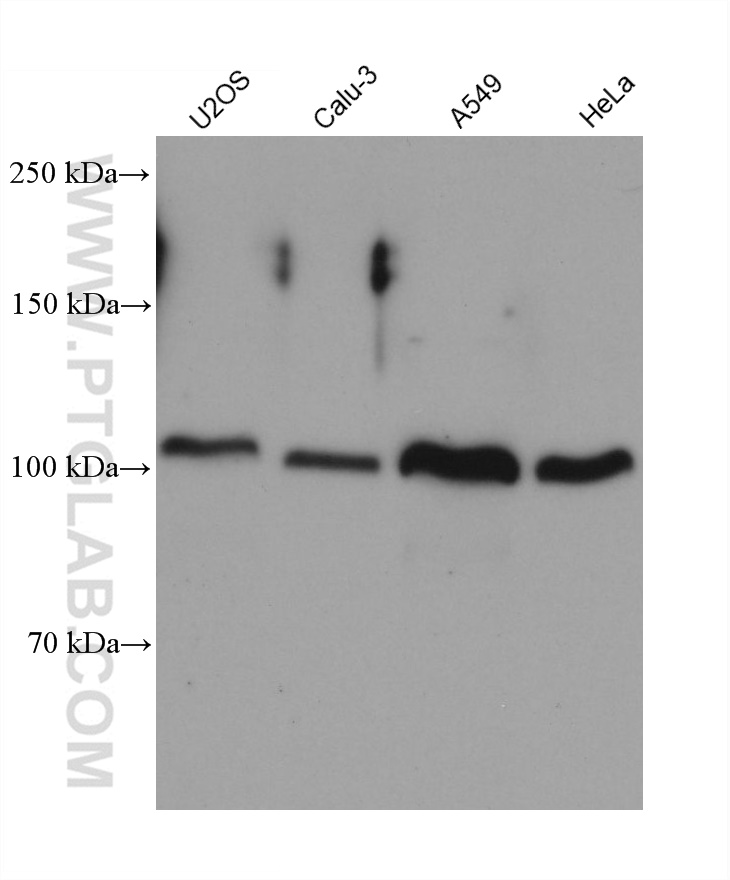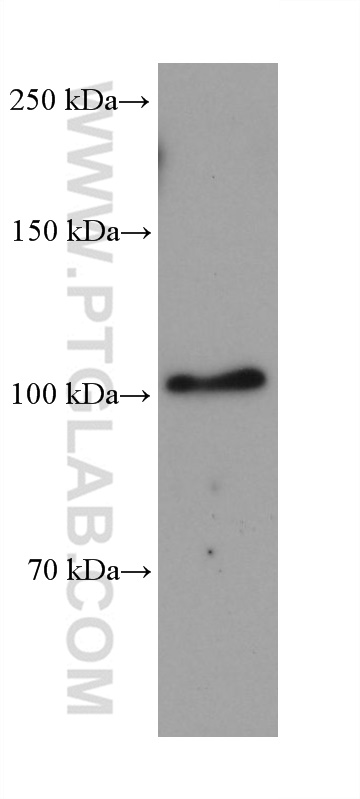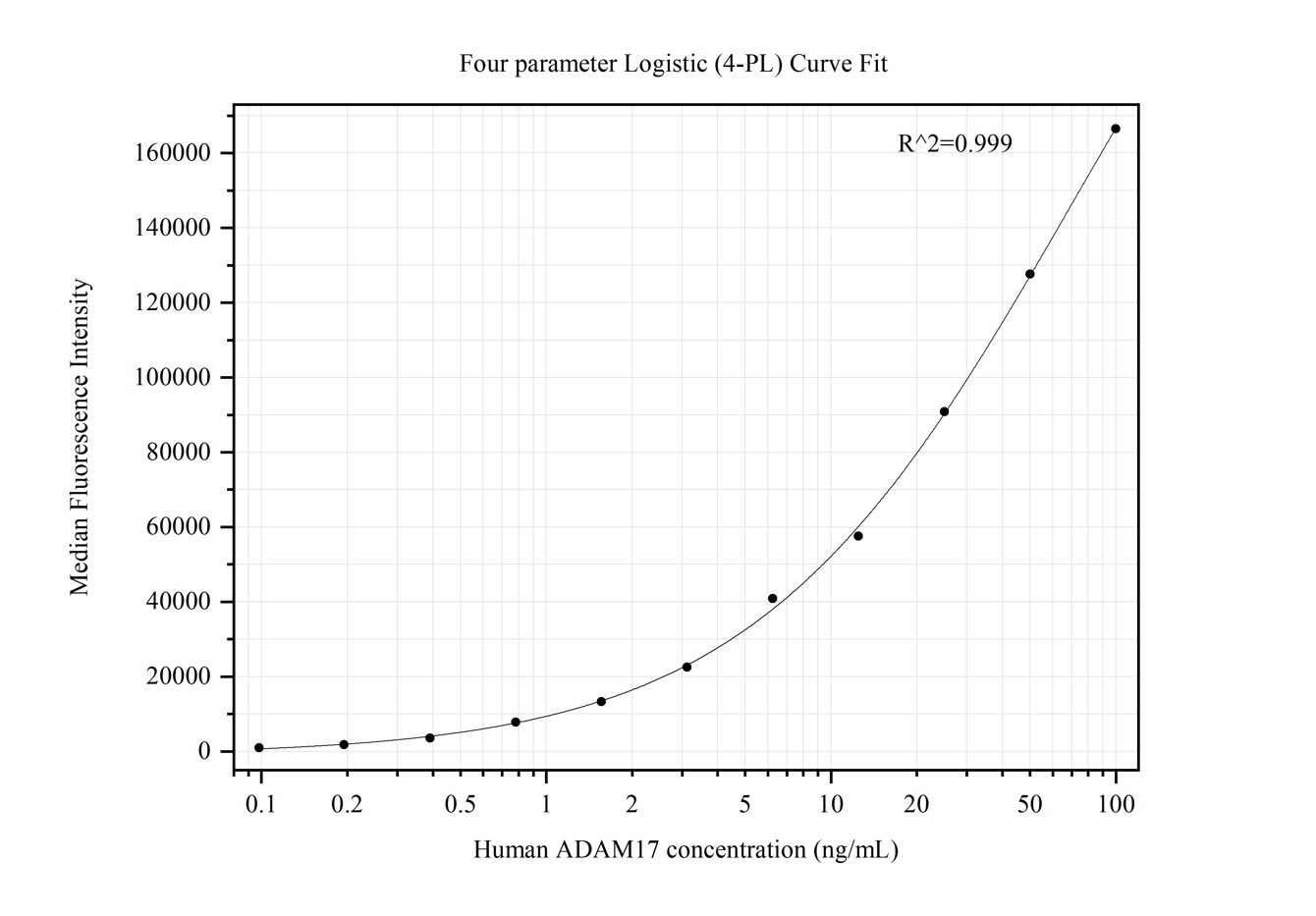验证数据展示
产品信息
68725-1-PBS targets ADAM17 as part of a matched antibody pair:
MP50392-2: 68725-2-PBS capture and 68725-1-PBS detection (validated in Cytometric bead array)
Unconjugated mouse monoclonal antibody pair in PBS only (BSA and azide free) storage buffer at a concentration of 1 mg/mL, ready for conjugation.
This conjugation ready format makes antibodies ideal for use in many applications including: ELISAs, multiplex assays requiring matched pairs, mass cytometry, and multiplex imaging applications.Antibody use should be optimized by the end user for each application and assay.
| 经测试应用 | WB, Cytometric bead array, Indirect ELISA Application Description |
| 经测试反应性 | human, mouse |
| 免疫原 |
CatNo: Ag34022 Product name: Recombinant human ADAM17 protein Source: e coli.-derived, PET28a Tag: 6*His Domain: 693-824 aa of BC136783 Sequence: CVDKKLDKQYESLSLFHPSNVEMLSSMDSASVRIIKPFPAPQTPGRLQPAPVIPSAPAAPKLDHQRMDTIQEDPSTDSHMDEDGFEKDPFPNSSTAAKSFEDLTDHPVTRSEKAASFKLQRQNRVDSKETEC 种属同源性预测 |
| 宿主/亚型 | Mouse / IgG1 |
| 抗体类别 | Monoclonal |
| 产品类型 | Antibody |
| 全称 | ADAM metallopeptidase domain 17 |
| 别名 | Snake venom-like protease, EC:3.4.24.86, Disintegrin and metalloproteinase domain-containing protein 17, cSVP, ADAM 17 |
| 计算分子量 | 824 aa, 93 kDa |
| 观测分子量 | 90-110 kDa |
| GenBank蛋白编号 | BC136783 |
| 基因名称 | ADAM17 |
| Gene ID (NCBI) | 6868 |
| 偶联类型 | Unconjugated |
| 形式 | Liquid |
| 纯化方式 | Protein G purification |
| UNIPROT ID | P78536 |
| 储存缓冲液 | PBS only, pH 7.3. |
| 储存条件 | Store at -80°C. The product is shipped with ice packs. Upon receipt, store it immediately at -80°C |
背景介绍
The ADAMs (A Disintegrin And Metalloprotease) are multidomain transmembrane proteins. One of the first ADAMs implicated in membrane shedding is ADAM-17, which is shown to release the active form of tumor necrosis factor (TNF)-a from its precursor (PMID:18238782). ADAM17 is also named as CSVP, TACE. The full length protein has 9 glycosylation sites, a signal peptide, propeptide and 2 isoforms produced by alternative splicing.The 120-kDa form of ADAM-17 is expressed more frequently and at higher levels in primary breast carcinomas compared with normal breast tissue(PMID:17438092).




